At the Ala major ossis sphenoidalis it is the large sphenoid wing. This refers to two strong bone plates, the attachment of which is located on the body of the sphenoid bone.
What is the Ala major ossis sphenoidalis?
The Ala major ossis sphenoidalis or Alae majores ossis sphenoidales are two strong bone plates.
Their insertion lies on the side of the sphenoid bone (os sphenoidale). In addition to the large sphenoid bones, there are also the small sphenoid bones (Alae minores ossis sphenoidales). The posterior section of the wing of the sphenoid bone is connected to the angle that is located between the temporal bone scale (Squama ossis temporalis) and the petrous bone (Pars petrosa ossis temporalis) at the base of the temporal bone.
Anatomy & structure
The Ala major ossis sphenoidalis is part of the sphenoid bone. Both wings of the sphenoid bend concavely in the upper direction of the skull. The posterior section of the ala majores ossis sphenoidales articulates with the angular section between the temporal bones and the pars petrosa of the temporal bone.
On the back of the wing of the sphenoid bone, a distinctive bone ridge can be seen, which points in the lower direction. This is the spina angularis ossis sphenoidalis. The insertion of the sphenomandibular ligament is located on it. The soft palate tensioner muscle (Musculus tensor veli palatini) also has its origin at this point.
The Ala major ossis sphenoidalis is equipped with several surfaces. These are called the superior, lateral and orbital surfaces. From the intracranial superior surface of the sphenoid wing, a larger section of the middle cranial fossa (middle fossa) is formed. The concave surface has a plurality of depressions. These take up the cerebral convolutions of the temporal lobe. In the medial as well as in the anterior section there is the forming rotundum, a round opening for the maxillary nerve (maxillary nerve).
On the posterior side, the foramen ovale is another opening that allows the mandibular nerve and the accessory meningeal artery to pass through. In the middle section of the foramen ovale there is sometimes a foramen vesalii with a small vein. This extends to the cavernous sinus. On the posterior side of the wing of the sphenoid bone is the foramen spinosum. It is traversed by the spinosus nerve, which forms a branch of the mandibular nerve, and the middle meningeal artery (arteria meningea media).
The convex lateral surface of the Ala major ossis sphenoidalis is divided into two sections by the Crista infratemporalis, a bone ridge. The temporal or superior part represents a section of the temporal fossa. It also forms the origin of the temporal muscle (musculus temporalis). The infratemporal or inferior section of the lateral surface is smaller. He participates in the modeling of the infratemporal fossa. Together with the infratemporal crest, it forms the original surface of the outer wing muscle (pterygoideus lateralis muscle).
The foramen spinosum and foramen ovale are perforated. The angular spine is located in the posterior area. It represents the origin of the sphenomandibular ligament and the soft palate tensioner muscle. The smooth, flat orbital surface of the Ala major ossis sphenoidalis has a square shape. It is directed in the front and middle direction. It also marks the posterior section of the lateral orbital wall. The upper jagged edge of the orbital surface and the frontal bone (os frontale) articulate with one another.
The round lower area delimits the inferior orbital fissure. From the middle edge of the orbital surface, the lower lip of the superior orbital fissure is formed. A branch of the lacrimal artery (arteria lacrimalis) is picked up by a small notch. Under the middle end section of the orbital fissure there is a portion of bone that is indented. It represents the posterior wall of the palatine fossa (pterygopalatine fossa).
Function & tasks
As already mentioned, the majores sphenoid ala form a part of the sphenoid bone. This is considered to be the central bone of the craniosacral system. Due to its unique anatomical structure, the sphenoid bone has connections to almost all other skull bones. The wing processes of the sphenoid wing create a direct connection to the hard palate. Without correct alignment of the sphenoid bone, there is a risk of negative effects on the structures of the palate. This in turn has consequences for the jaw and the upper dentition.
Another important task of the sphenoid bone is to cool the pituitary gland, which sits directly on it.
Diseases
Misalignments of the sphenoid bone also affect the sphenoidal major bone. If, for example, there is strong pressure on the ganglia that are located between the appendages of the wings of the sphenoid bone and the palate, this can have negative consequences for the nasal mucous membranes.
Like the nasopharynx and the nasal cavities, they are supplied by the ganglia. A typical consequence is a runny nose. In some people, this process makes them more sensitive to allergies because they inhale the allergens.
Disorders of the sphenoid bone or the wings of the sphenoid bone can also affect the pituitary gland. Incorrect alignment of the skull, for example, affects the cooling of the pituitary gland. Problems of the sphenoid bone also often have negative consequences for the temporomandibular joint.
The external muscles of the sphenoid bones exert a direct influence on the lower jaw. For example, a disturbed muscle balance can affect the lower jaw. If the position of the sphenoid bone is changed, this often causes disturbances in its movements and functions. The main sequelae are visual disturbances. In addition, a fracture of the base of the skull, which is one of the most common injuries to the sphenoid bone, can also have a negative impact on the sphenoid major bone.


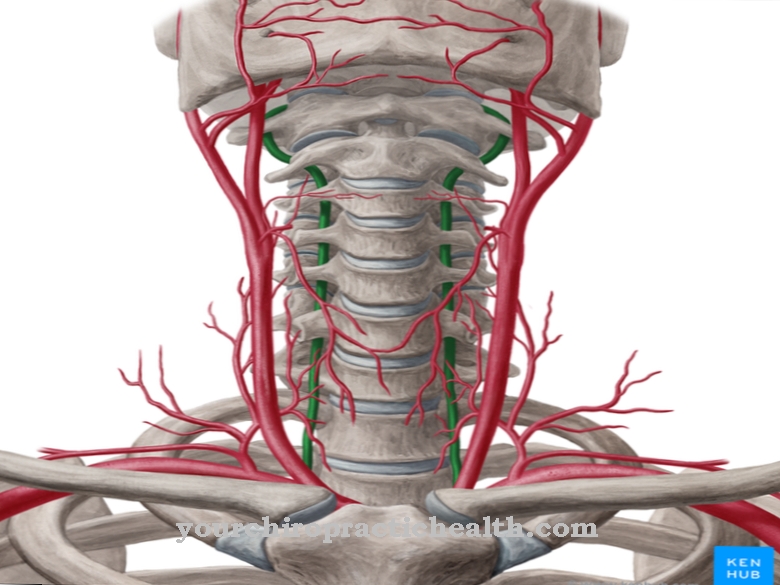
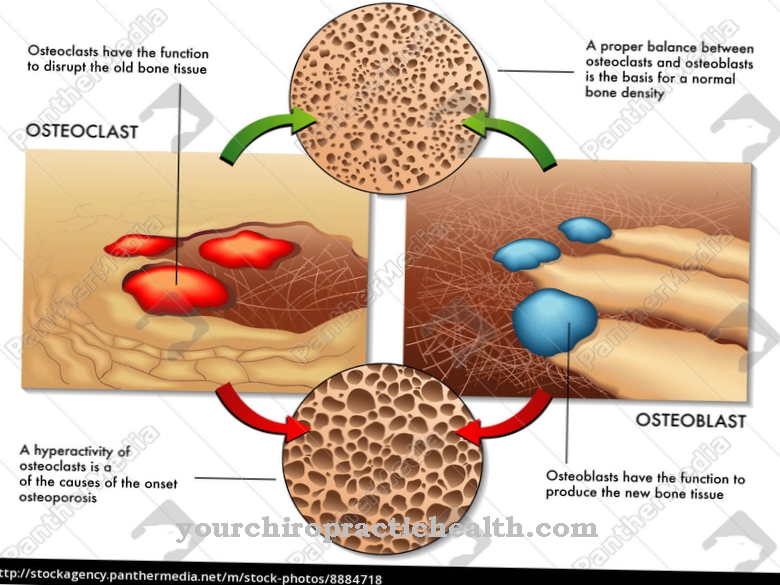
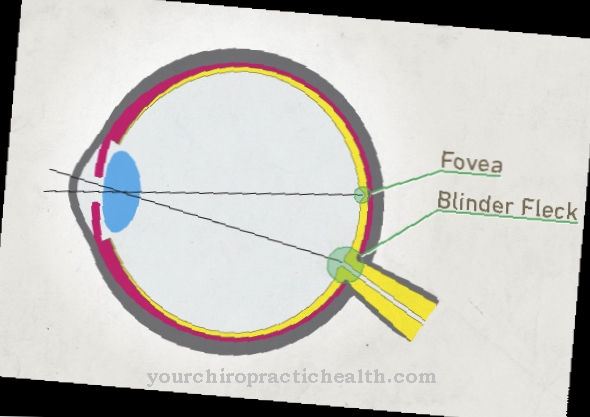
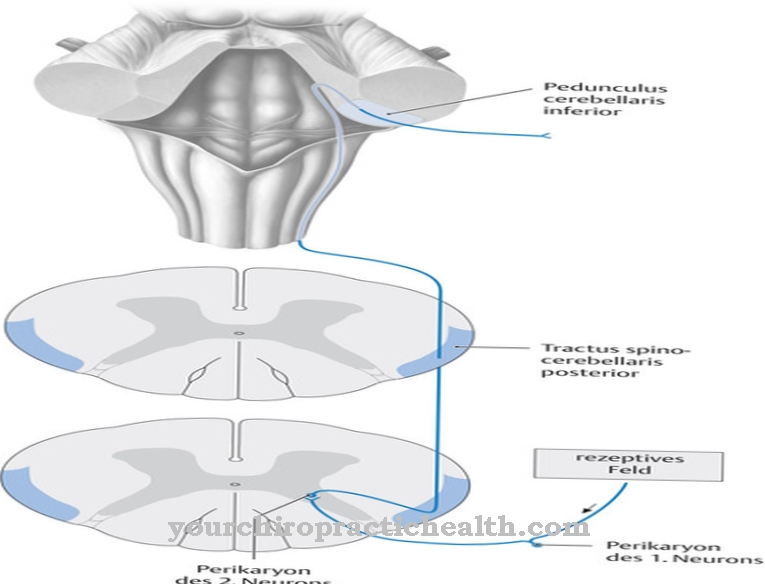
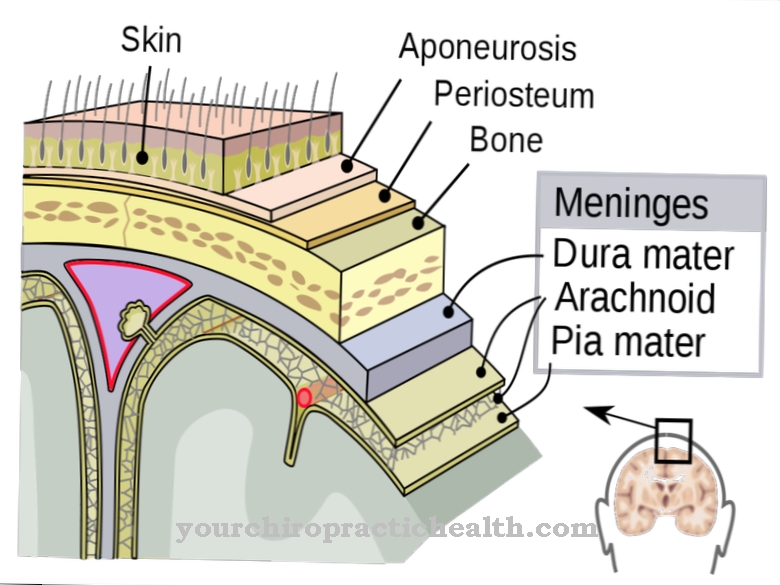






.jpg)

.jpg)
.jpg)











.jpg)